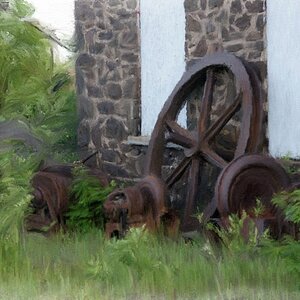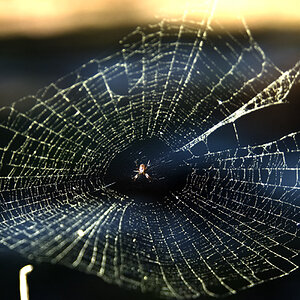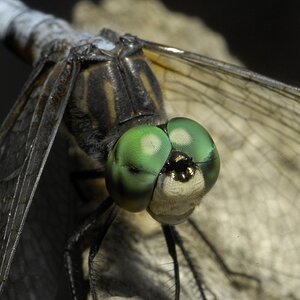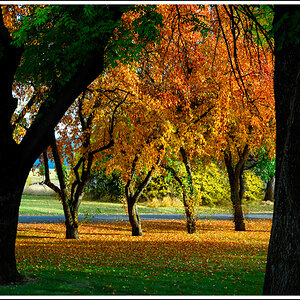railman44
TPF Noob!
As many of you have experienced in the photo mags or at your local camera store the pricing regarding filters varies greatly. Is there really a difference between a B+W or Hoya or even Promaster? Just looking at UV or Skylight filters one is perplexed by the number of coatings, the "pro" models and the ultra thin multi-coated models. Is this one of those nice bottle of wine or a really expensive bottle of wine arguements that most can't really tell the difference? Is there a "bad" filter other than a dirty or soiled one?


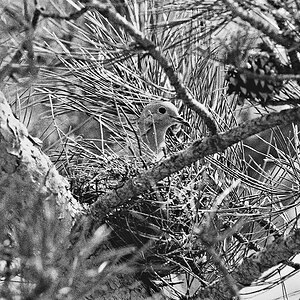
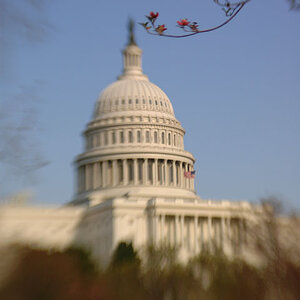
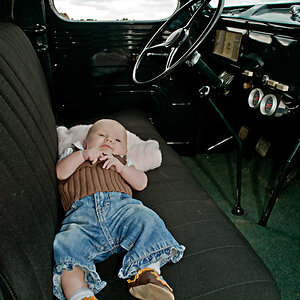

![[No title]](/data/xfmg/thumbnail/32/32702-7344d6e6132276dd7bfc046084fea432.jpg?1619735604)
